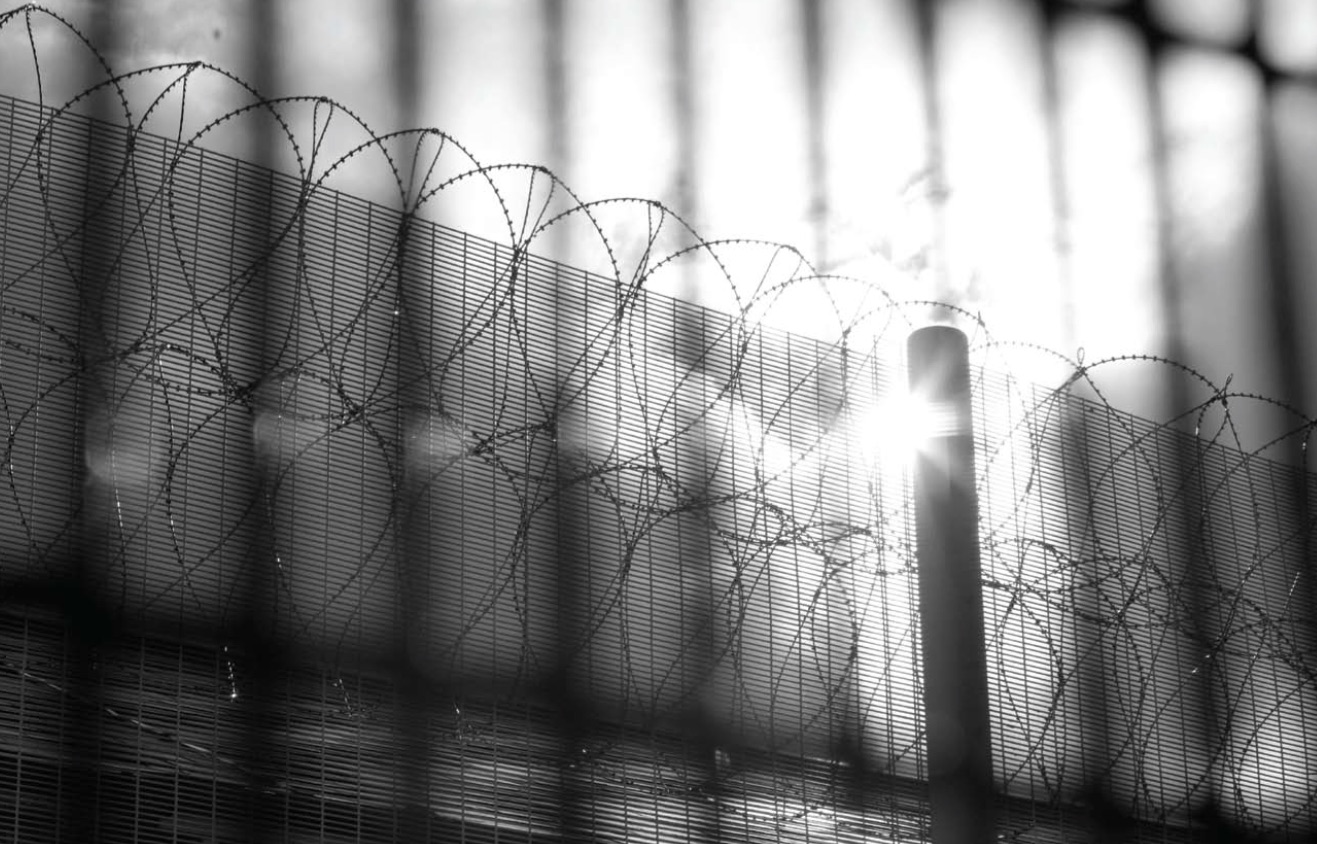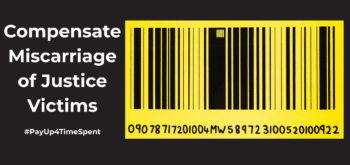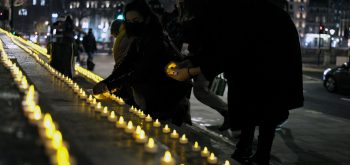Three years ago home secretary Theresa May vowed to reform the previous government’s ‘draconian’ vetting and barring scheme, which required every adult who worked or volunteered with children to register on a database and be subject to constant criminal records checks. May said that people were ‘assumed to be guilty until you were proven innocent’, and she resolved to scale back vetting to ‘common sense levels’.
The original scheme was fuelled by the media reaction to the deaths of Holly Wells and Jessica Chapman who were murdered by the school caretaker Ian Hunter in 2002. Tabloids sent non-CRB checked reporters into schools, and reported it as a ‘scandal’ that they were allowed to wander around unchallenged for two hours. Yet in the wave of concern, few noted the fact that Ian Huntley murdered children who attended his partner’s school, not his own – the girls had been visiting his house to see her – and so, tragically, this case would have not been prevented by the system developed in its name.
Then there was a backlash against CRBs, with a contrary ‘scandal’ that much-loved children’s authors including Philip Pullman were asked ‘to prove they were not paedophiles’ before they could visit schools. Yet in many ways, it has been possible to hold these two ‘scandal’ opinions simultaneously, which is why the reforms have been so half-hearted and contradictory
Protection of Freedoms Bill was introduced in February 2011 to ‘very significantly curtail’ the ‘over-intrusive’ vetting and barring system, reducing it to ‘proportionate’ levels. A government review by Sunita Mason highlighted a series of civil liberties and privacy issues, including passing on of minor and non-conviction information to people’s employers before they had a chance to see or dispute it.
A couple of years later, there is a stunning gap between this rhetoric and reality. Criminal records checks are currently running at exactly the same rate – 4 million a year – as they were when the coalition took over. Although the government has reduced the people who must have a check to those who ‘work regularly with children’, it has left the door open for checks to be carried out on those who have ‘contact with children’, which includes a wide variety of work and volunteering roles.
Overreaction
And so, three years later, it is still common practice for anybody who has a local authority contract installing solar panels or mending boilers to be asked for a criminal records check. It is also common practice from schools to vet parents volunteering to listen to reading or help out at sports day or a school trip, an overreaction which poses a significant barrier to everyday volunteering.
Problems persist with the barring regime. Recent figures showed that the number of criminal records errors – whereby innocent people were wrongly given a criminal record – doubled under the new regime. The government last week introduced a filter to remove old and minor convictions from criminal records checks, not of its own volition but because of a Court of Appeal judgement in favour of a 21 year old man whose criminal records checks repeatedly returned the fact that he had been warned for bike thefts at the age of 11. So the government was forced by the Human Rights Act to bring through the recommendations of its own review.
Meanwhile nurses went to the High Court to appeal the procedures by which people were automatically barred from working with children when they had been convicted or cautioned for a wide range of offences. The nurses had been barred for such unremarkable actions such as leaving a younger child in the care of his responsible 14-year-old brother when they popped out to the shops, which led to a caution for ‘child cruelty’, and meant they were immediately barred and lost their job.
The fundamental problem with the vetting system was that it was a system for the mass monitoring of millions of people, rather than a targeted system for dealing with the small number of adults who pose a danger to children. It was based on the misguided assumption that anybody could be a child abuser, and that everybody should have to prove that they were not before they were allowed to work or help out with children.
This was dangerously intrusive, introducing the concept of a state-licensed ‘safe adult’ who is allowed to be near kids. It also was counter-productive from a policy point of view, wasting millions of ‘child protection’ resources on repeating checking no-risk mothers and grandmothers listening to reading. When New Labour’s vetting and barring scheme was launched there were 15,000 people on the barred list, yet it proposed a system for monitoring the 11 million people who worked or volunteered with children. Would it not have been more sensible to focus on the 15,000?
The barring infrastructure has been distorted by this generalised monitoring, such that it has become harder to work out who is and is not a risk. When nurses are placed on the barred list for the mere leaving a child in the care of their teenager, the barred list ceases to have any useful function for identifying risky individuals. The barring system requires and encourages organisations to refer suspicions about individuals, which led to one man being referred for barring because he refused a CRB check and made derogatory comments about ‘health and safety’. The barring board in turn considers a whole range of ‘risk factors’, including ‘risk factors linked to future harm’ based on an individual’s interests, attitudes, relationships and lifestyle, including ‘presence of impulsive, chaotic, unstable lifestyle’ or ‘using substances or sex to cope with stress’.
The vetting system was based on mass monitoring, rather than the normal mechanism of focusing upon those who have been proven to have done harm.
The main result of the past few years has been millions of no-risk people being put through unnecessary checks, and thousands of people losing jobs because of minor incidents in their youth and other similarly irrelevant matters.
In spite of the rhetoric, and the name changes and rebranding of vetting and barring organisations, mass monitoring remains the overall orientation of the vetting and barring system. Until there is real change, the result will be the same – unnecessary infringement upon liberties while doing little to protect children from the small number of people who would do them harm.





